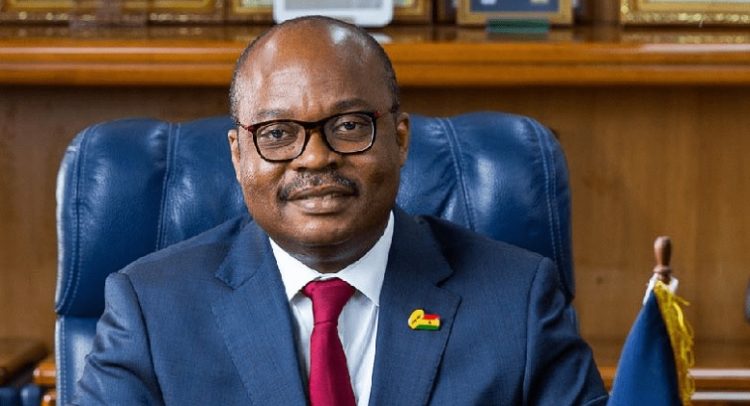Dr. Ernest Addison
THE MONETARY Policy Committee (MPC) of the Bank of Ghana has raised its policy rate by 100 basis points to 14.5 percent.
Dr Ernest Addison, Governor of BoG, who is also chairman of the MPC, explaining the committee’s reason for its decision, said headline inflation has risen consistently from the low of 7.5 percent in May 2021 to 11.0 percent in October driven by both food and non-food price increases.
In addition, he said all the bank’s core measures of inflation have increased, indicating broad-based underlying inflation pressures, with the potential of de-anchoring inflation expectations.
“Currently, headline inflation is above the upper limit of the medium-term target band and the Committee noted significant risks to the inflation outlook. These risks include rising global inflation, high energy prices, uncertainties surrounding food prices and investor behaviour. “The committee further noted that these elevated inflationary risks, require prompt policy action to re-anchor inflation expectations to safeguard the central bank’s price stability objective.”
Sovereign Bonds
He said the country’s sovereign bond spreads widened markedly over the period as investor sentiments shifted based on fiscal and debt sustainability concerns, prompting some sell-offs by investors with spillovers on the domestic foreign exchange market. “This triggered some currency pressures in the past two months as demand for the U.S. dollar increased. However, the adequate reserve levels provided some buffers and supported a much slower depreciation pace compared with pre-pandemic levels. In the outlook, the committee is of the view that the strong reserve buffer level should provide some assurance to the market and help abate investor concerns, as the country’s external payment position remains strong.”
Financial Sector
Regarding the financial sector, the banking industry recorded sustained growth in total assets, investments and deposits.
Profitability in the industry declined slightly and key financial soundness indicators such as liquidity and solvency, remain healthy.
The outlook remains positive, although sluggish credit growth remains a risk to real sector recovery. Results from the latest stress tests show a banking sector that remains resilient to mild and moderate stress conditions.
The Committee decided that macro-prudential policy measures and regulatory reliefs announced at the onset of the pandemic should remain in place to support a more robust recovery of the economy.
Domestic Economy
In the domestic economy, Governor Addison said the committee assessed that the recovery in the real sector was progressing at a steady pace.
“High frequency economic indicators reflect increased momentum in the pace of economic activity, close to pre-pandemic levels. Consumer and business sentiments have turned around, driven by perceived improvements in economic prospects, although consumers expressed concerns about current household finances. “Credit to the private sector is beginning to expand, albeit at a slow pace. The COVID-19 related macro-prudential measures, still in force, remain supportive of the recovery process, steadily driving up new advances over the period. The recovery in credit is expected to continue on the back of anticipated net ease in credit stance by banks and increased demand,” he indicated.
BY Samuel Boadi


